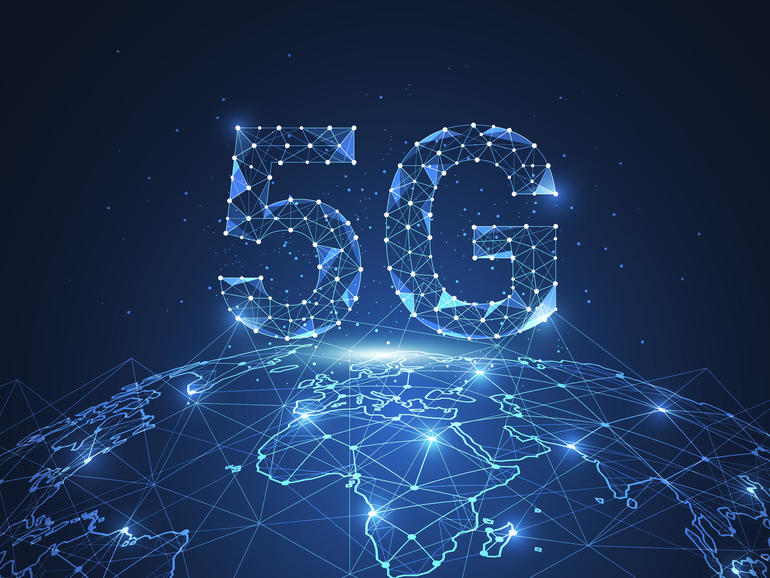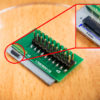More networks, industries, and machines will be interconnected as 5G become more widely available, making security an even bigger challenge for businesses in Asia-Pacific. Along with this, they also will have to deal with the increased complexity of managing 5G infrastructures, including the use of network slicing.
Beyond just providing consumers with faster data speeds, the emergence of 5G networks would see more industries and devices connected as enterprises tapped the lower latency the technology could deliver, said John Harrington, Nokia’s senior vice president and head of Asia-Pacific Japan.
The COVID-19 pandemic also had accelerated the digitalisation of physical industries such as energy and transport and their reliance on high-speed, digital connectivity, he said in a call with ZDNet.
Singapore, for instance, was giving out grants to drive the development and adoption of 5G products and services, focusing on key technology areas that encompassed Internet of Things (IoT), robotics, and artificial intelligence (AI), and verticals such as urban mobility and maritime.
Pointing to its use in smart cars and manufacturing, Harrington said 5G could drive significant economic growth opportunities and value for the Asian region.
GSMA, in fact, had projected Asia-Pacific to be the world’s largest 5G region by 2025, hitting 675 million connections–or more than half of the global volume. The industry group, though, had revised its 2020 projection of 5G connections to be 20% lower than its previous forecast, due to the global pandemic.
It said the region’s growth would be led by markets such as China, Japan, and South Korea, with mobile operators investing $331 billion building out their 5G networks. GSMA further estimated that 24 markets across Asia-Pacific would have launched 5G by 2025, including China where 28% of mobile connections would run on 5G networks and account for a third of the world’s 5G connections.
With the increased interconnectivity, security would be a major challenge for organisations here, Harrington noted. He stressed the need to ensure networks were secured and trusted, even as they adhered to industry open standards to drive competition. This would be essential as 5G played a key role in critical infrastructures, he said, such as its use to facilitate real-time video streaming to monitor the performance of cranes or the remote operations of such equipment.
These networks also would have increased complexity to maintain and ensure their reliability, he added. The use of network slicing, for instance, could be difficult to manage unless companies acquired the know-how to do so, he said.
Pitched as a prominent feature of 5G, network slicing is touted to enable connectivity and data processing that is customised to the customer’s specific requirements.
Nokia last October unveiled a 4G and 5G automation network slicing offering that it said could slash costs associated with boosting networking capacity.
Last month, it also announced plans to cut up to 10,000 jobs and take the EUR 600 million savings to invest in new products and research, including 5G and cloud.
Asked about the impact of the restructuring on its Asia-Pacific business, Harrington declined to comment on specific markets, but said the move was necessary to simplify Nokia’s operations and make it “easier to do business with” the vendor.
He added that the company had been through a series of mergers and acquisitions, making it necessary to review its organisational structure and make it more nimble and easier to work with. The job cuts were part of this reorganisation and efforts to reduce some of its costs and improve its margins, he said.
According to Harrington, Nokia has 19 5G customers in Asia-Pacific, including Globe in the Philippines as well as M1 and StarHub in Singapore, both of which are joint 5G licensees in the city-state.



